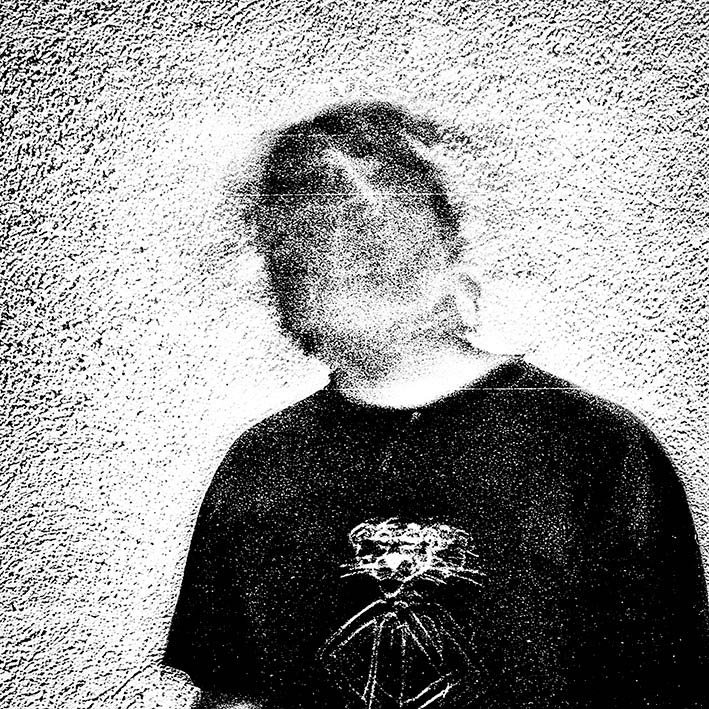The Aesthetic Now: Why We Keep Looking Back to Move Forward
This is the second time in a short period that we’ve explored retrospection in art, a testament to its persistent relevance. Yet, this focus does not signify innovation but reveals artistic and cultural stagnation. Art, as Roland Barthes posits in The Death of the Author, is deeply tied to its socio-historical context. Retrospection is not a reflection of the past but more a reflection of our present, showcasing a tendency to look backward rather than envision transformative futures. Revisiting cultural archives has always been part of human expression, reinterpreted to meet contemporary needs. The Renaissance looked back to classical antiquity, just as modernism broke ground by rethinking the conventions of past centuries. However, our current fixation on retro aesthetics, seen in everything from visual art to film, music, and design, highlights an absence of revolutionary ambition. In the 20th century, revolutionary art emerged from times of upheaval: the avant-garde challenged traditional hierarchies, and countercultural movements redefined aesthetic boundaries.
Today’s art, however, reflects a society more preoccupied with preservation and repetition than innovation. Reinterpreting the past provides continuity, creating connections across eras and fostering a shared cultural identity. There’s a danger from relying too heavily on retrospection, we risk reducing art to an exhibit of collective nostalgia rather than a living, dynamic force. Barthes’ distinction between “readerly” and “writerly” texts illuminates this issue: much of today’s retrospective art feels “readerly,” presenting closed and easily digestible narratives rather than stimulating the viewer with open-ended, revolutionary ideas.
Why, then, are we reluctant to pursue something novel? The answer lies in the broader cultural atmosphere. As society grapples with rapid technological shifts, environmental crises, and geopolitical tensions, retrospection offers a comforting retreat into the familiar. These uncertain times discourage radical experimentation in favor of safe, established forms. Yet, this retreat underscores an unsettling truth: we are not struggling to imagine a radically different society and art. This reluctance is not just the artist’s failure but is society’s failure. Art reflects the zeitgeist, and if revolutionary art is absent, it speaks to a collective inability to foster the conditions for revolution/something new/. As Barthes might suggest, the “death” of retrospection in art may be necessary for the “birth” of something revolutionary. To move forward art must provoke rather than pacify. It must not merely mirror the world but seek to shape it, imagining alternatives that challenge the status quo. This requires daring to disrupt familiar forms and stepping into the unknown. By reconfiguring the past rather than simply reviving it art can fulfill its potential as a force of transformation and innovation. In a world that looks backward so often, the true revolution may lie in looking forward creating not only art that reflects our society but art that dares to recreate society.

